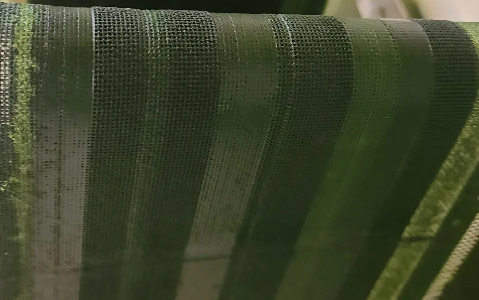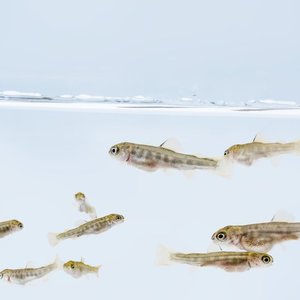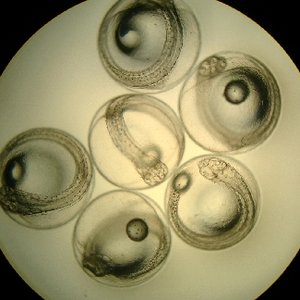BioSynsortia, a new business formed by researchers at Auburn University in Alabama, USA, developed a Circulating Coculture Biofilm Photobioreactor, a tailor-made conveyor belt for aquaculture producers like catfish or shrimp farmers who could use the system to upcycle their waste streams into a useful and nutritious food source, reported the Global Aquaculture Advocate.
The co-culture system comprises both microalgae and a specific heterotrophic bacteria, a methanotroph that consumes methane, an abundant carbon source in aquaculture effluents. Aquaculture pond discharge water is rich in ammonia and nitrites, and for it to be recycled back into culture water, biofilters are required. But by feeding the waste materials to the microalgae – along with other bacteria to consume the carbon dioxide and methane – it consumes the nitrogen and phosphorous in the liquid phase, allowing the microalgae to grow. It breaks down the waste, removing ammonia, and produces harvestable and edible biomass.
The goal is to produce biomass for aquafeed cheaper than terrestrial crops. BioSynsortia is still in the earliest phases of its development.













